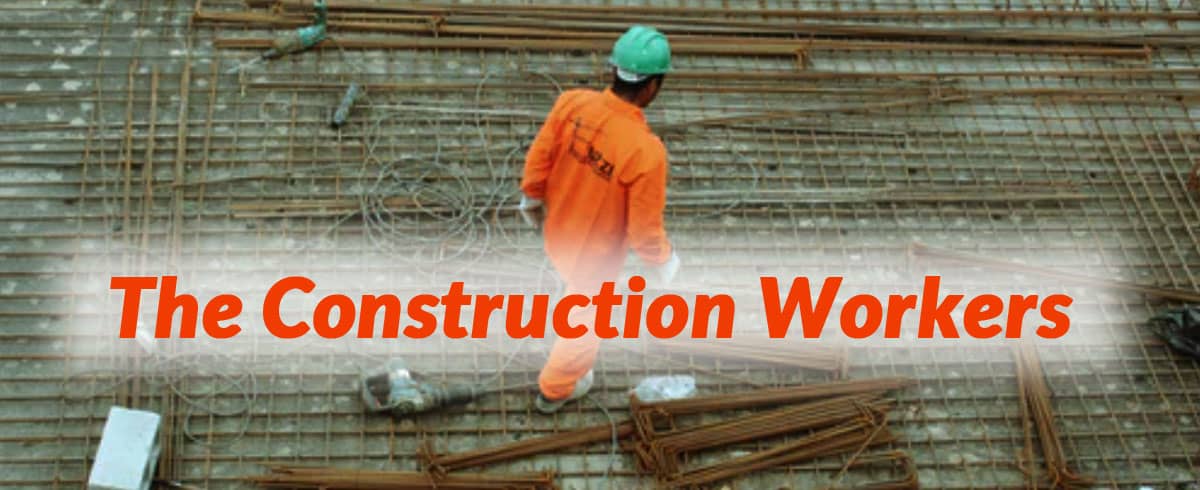The Construction Workers
Labour Relations
All construction projects have a limited period. When a project is accomplished, the craft workers move on to another project, or are laid off until more jobs becomes at hand. The average construction worker often has no fixed relationship with any one contractor, and his term of employment with a given employer is normally unstable and temporal. He is tightly engaged to his profession and typically is only loosely associated with any given construction company.
Although these commoners are not true in every common contracting concern, and are much less true for workers in the specialty works, such as electricians and plumbers, than they are for carpenters, ironworkers, and others in the basic trades, they represent a great deal of the employment in the construction industry.
The construction worker is in the normal post of being a skilled craftsman with everlasting place of employment. This situation is a manifestation of the fact that the projects of a typical construction company are of relatively short-term period, and are changeable as to location, along with the fact that different projects require different mixture of trade skills at different times in the work.
All contractors encounters fluctuating requirements for manpower as new projects are started and as they come alive when jobs are completed. The economics of a contractor's business operation devote that most of a contractor's work force be drawn from a local pool of skilled manpower, as company needs and the needs of projects commit.
Employment in the Construction Industry
The construction industry, as this nation's largest single economic effort, gives about 6 percent of the total national civil employment. At the existing time, employment in this important industry totals 8 million workers. Construction employees are, and historically have been, consisting of male.
Nevertheless, women are highly finding employment and career opportunities as craft workers and as management workers in construction. Construction consists more upon younger workers than do other industries with a quarter of all persons employed in this industry being younger than 30 years of age. This circumstance, however, results in a higher depreciation rate among new entries .
Recent years have seen a lower inflow of new workers into the construction industry. With an opinion need for more than 200,000 new tradesmen per year, the construction industry is applied effort to attract additional workers by improving the industry image, actively recruiting young workers, establishing better training programs, and providing more on-the-job experience. Statistics show that the construction workforce is aging, and at the present time there are not as many new entrees joining the industry as there are construction workers retiring.
Employee Benefits
Construction workers earn good wages and salaries. In addition, construction contractors now often provide their employees with an array of pay increment, which are known collectively as fringe benefits. Employee benefits can be described as programs, other than direct wages, that compensate employees in some way.
The nature of these benefits varies somewhat between union shop and open shop contractors in terms of their details of operation and administration, but their provision is now a common feature throughout the construction industry. Some of these benefits are mandated by law such as Social Security, Medicare, and workers' compensation.
Benefits provided voluntarily by employers include such fringe benefits as pension plans, profit sharing, health and welfare funds, sick leave, life insurance, paid vacations, paid holidays, employee education, apprenticeship programs, employee stock ownership plans (ESOPs), employee-sponsored 401(k) retirement savings programs, and other types of benefits. Such benefits are made available to construction workers through private company plans and/or those of contractor professional associations, unions, and public organizations.
The inspiration for open handed employer-provided benefits is quite obvious. These programs are designed to meet contractors' needs for skilled craft labour and to serve the purpose of attracting and retaining skilled and productive tradesmen, improving employee morale, and providing a high level of job satisfaction. To receive the full advantage from such programs, contractors exert every effort to communicate information concerning the nature and value of such benefits to their employees.

